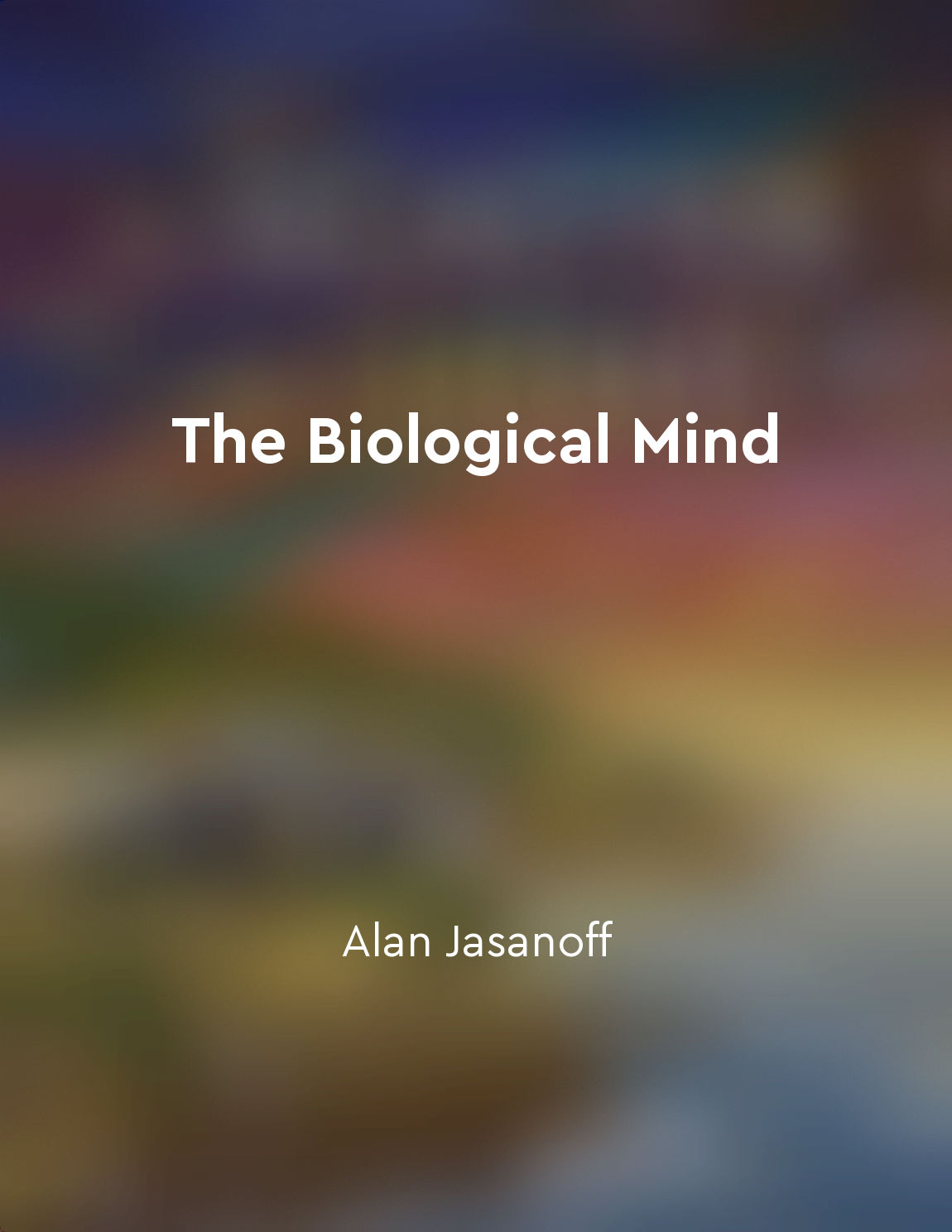Audio available in app
The relationship between consciousness and perception is interdependent and dynamic from "summary" of The Cognitive Neuroscience of Consciousness by Stanislas Dehaene
Consciousness and perception exist in a fluid interplay, each influencing and shaping the other in significant ways. Perception is not merely the passive reception of stimuli; it actively contributes to the construction of conscious experience. When sensory information is processed, it becomes available for conscious awareness, creating a rich tapestry of what it means to experience the world. This dynamic interaction can be observed in instances of perceptual ambiguity, where the same sensory input can lead to different conscious experiences depending on contextual factors or attentional focus. For example, a simple image may be perceived in multiple ways, revealing how consciousness can pivot based on perceptual cues. This highlights the active role of consciousness in interpreting and meaning-making. Conscious awareness can refine perception. Prior knowledge and expectations shape how incoming sensory information is interpreted, allowing for a more nuanced understanding of complex stimuli. This reciprocal relationship is evident in attentional mechanisms, where focused awareness can enhance the clarity of perception, while distractions can obscure it. Neuroscientific findings support this interdependence by demonstrating that specific brain activity patterns correlate with both conscious awareness and perceptual processing. Neural networks responsible for perception become more engaged when stimuli reach conscious recognition, indicating a cooperative relationship.- Creating a feedback loop that enriches understanding and interaction with the environment. This ongoing dialogue between awareness and sensory input is central to grasping the intricacies of cognitive functioning and the essence of what it means to be conscious.
Similar Posts

Neurons communicate through electrical and chemical signals
Communication in the brain occurs through a complex interplay of electrical and chemical signals. Neurons, the fundamental buil...
Brain orchestrates motor acts
The brain plays a crucial role in coordinating our motor actions. This complex process involves various regions of the brain wo...
Not all visual impairments are the same
Visual impairments come in many forms, each with its own unique characteristics and effects on perception. Some individuals may...

Capgras delusion reveals the complexity of the brain's recognition processes
Capgras delusion is a bizarre disorder that provides a window into the complexity of the brain's recognition processes. In this...

Diversity of perspectives leads to innovation
Innovation thrives when there is a variety of perspectives at play. Think about it: if everyone looks at a problem in the same ...
Our perception of time is subjective and malleable
Time, as we experience it, is a peculiar thing. It seems to flow at a steady and predictable pace, marching forward in a linear...
Understanding language is not a mental act
According to Ryle, the idea that understanding language is a mental act stems from a fundamental confusion between different ca...
Ignoring distractions can enhance our focus and attention
In our fast-paced world filled with constant distractions, it can be challenging to maintain our focus and attention on the tas...
Reality of Matter
The Reality of Matter is a concept that has been debated for centuries, with philosophers offering various theories and explana...
The weak force causes nuclear decay
The weak force is responsible for causing nuclear decay, a process in which the nucleus of an atom undergoes a transformation. ...

